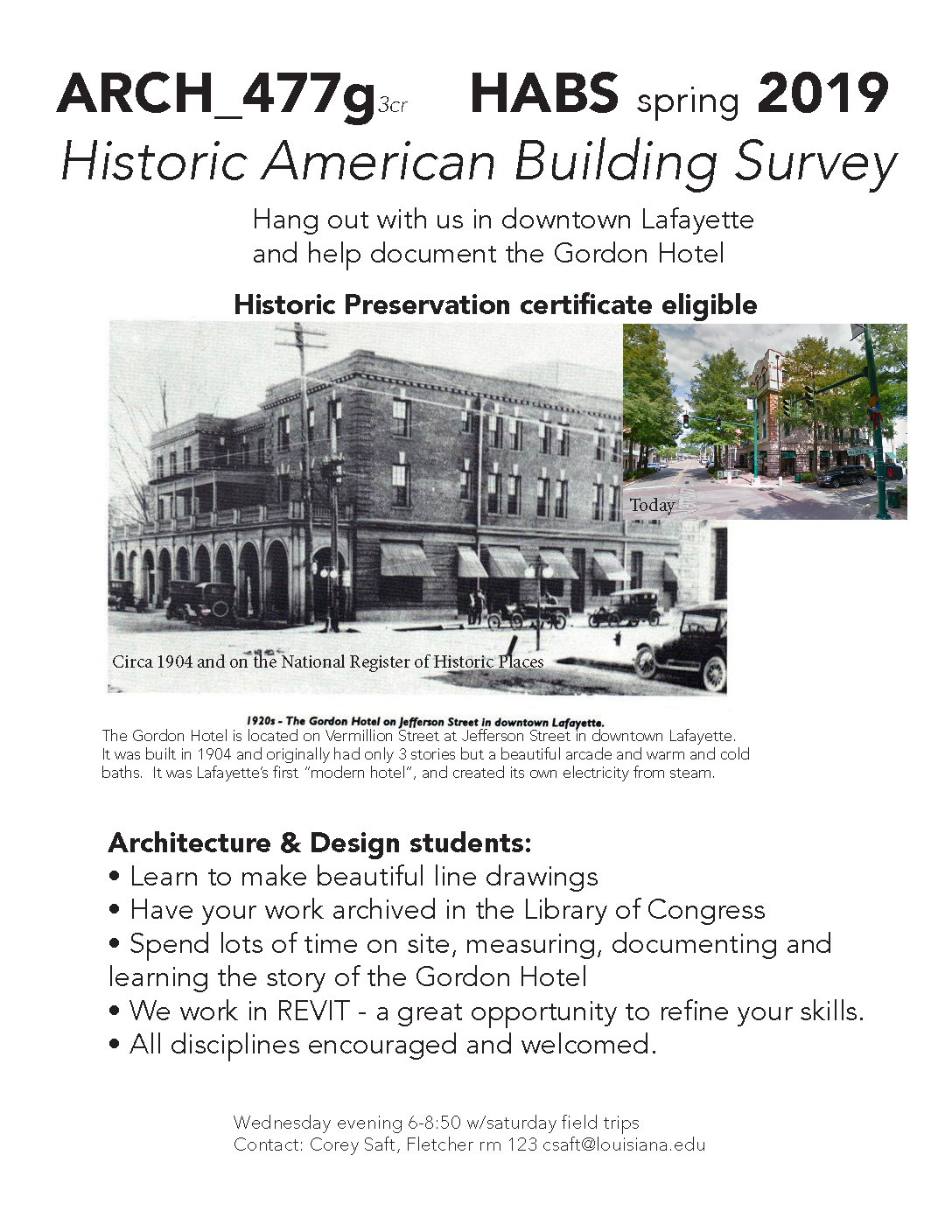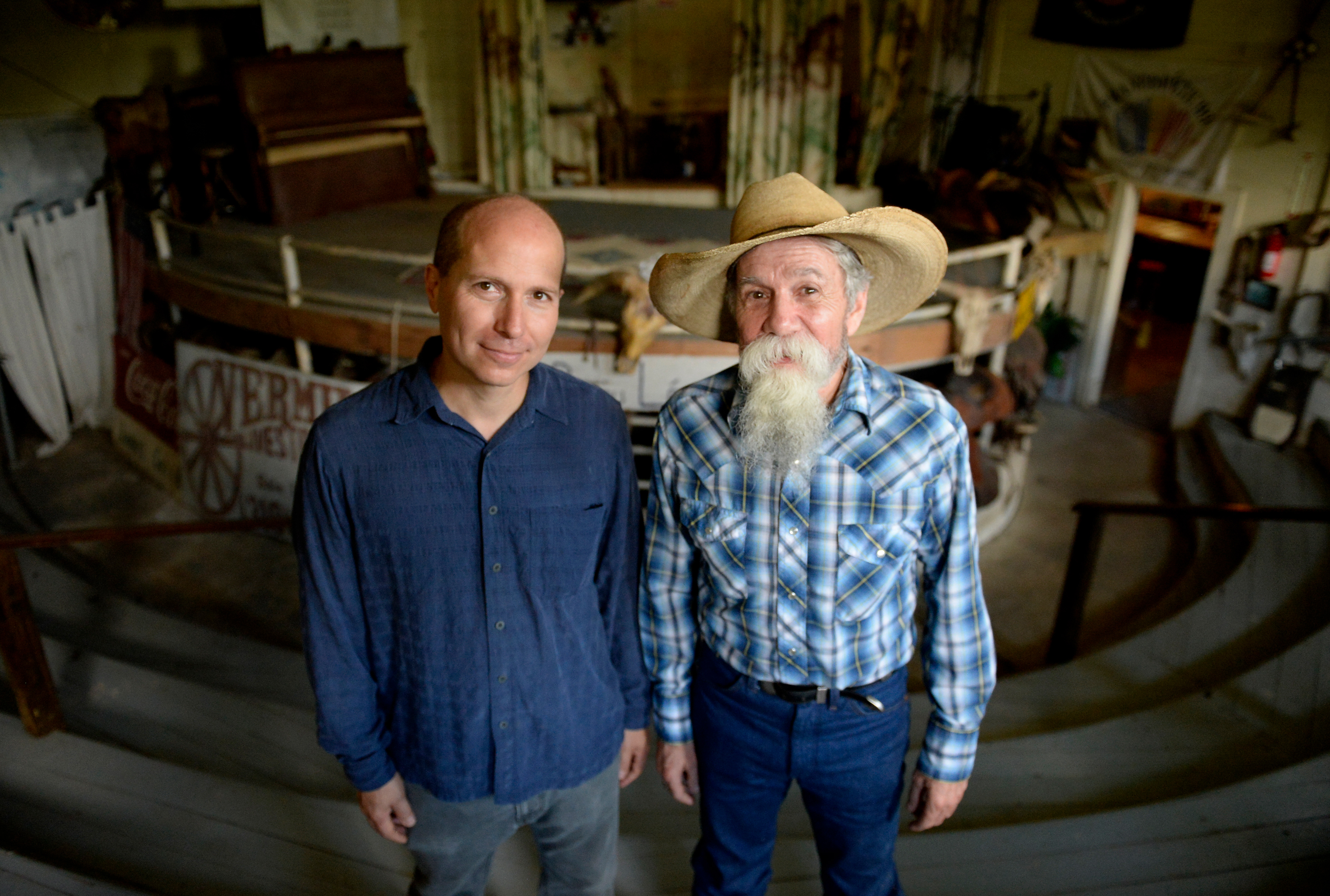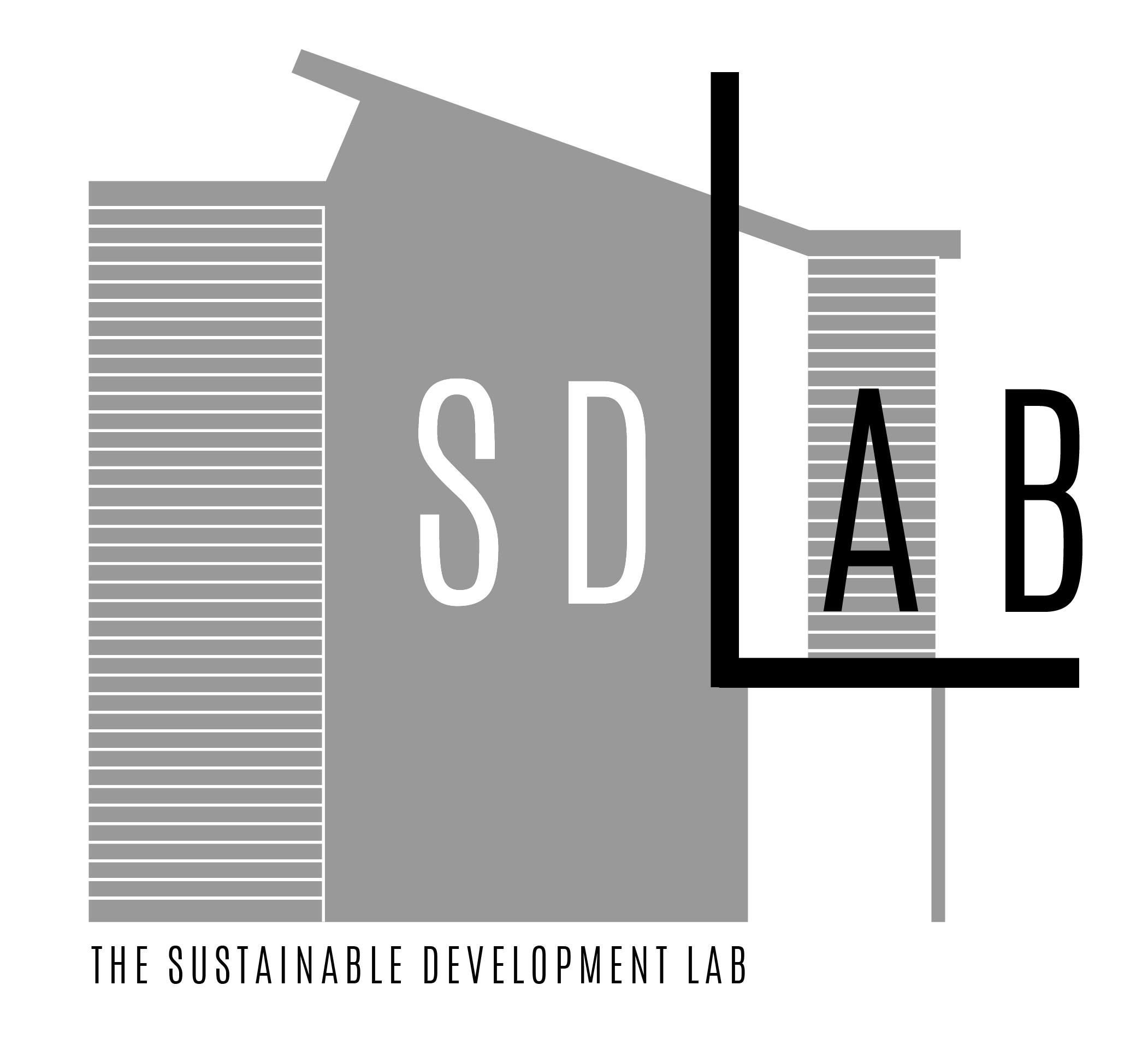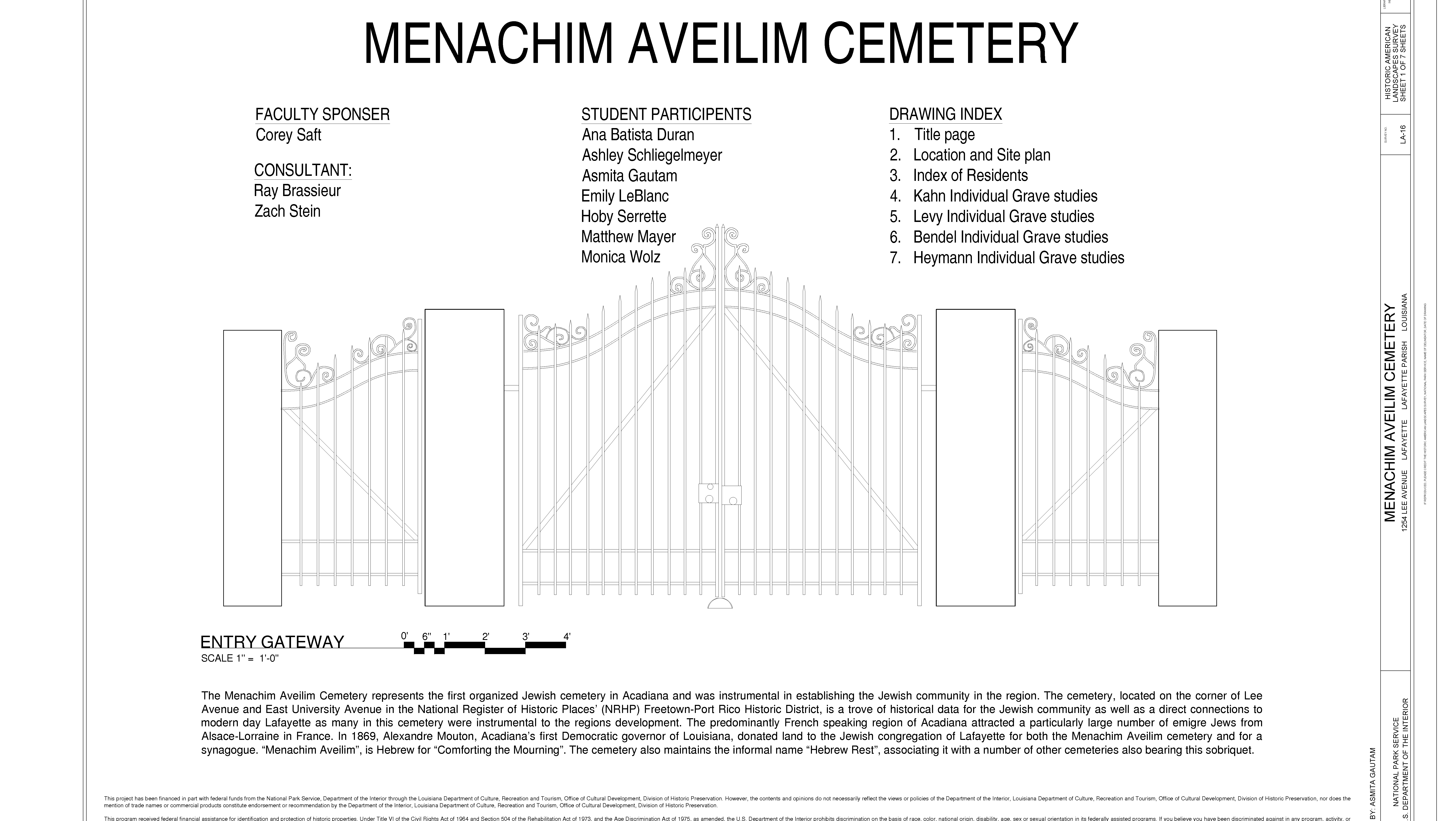The Abbeville Commission Company (currently known as the Richard Cattle Auction Barn) was a multipurpose facility. This one structure contained cattle shutes, sale pens, holding pens, hog pens, vaccination and tagging, horse corral, observation deck, scale, office, restrooms, waiting area, and auction room. The property also included a separate Slaughterhouse. In addition to industry, the auction business served as a community gathering place characterized by “Church on Sunday, Auction on Tuesday.” Although the barn is no longer used for the cattle industry, the structures remain as testimony to the significant role the business played in the Vermilion Parish community. The barn, more or less as it stands now, was built in the 1940s by Jean Avery Richard, the current owner’s grandfather. Over the succeeding decades, the business played an essential role in the growth of the City of Abbeville and Vermillion Parish. Before interstate highways, cattle were transported from the swamps south of the site by barge and direct access to the Vermillion River gave the Abbeville Commission Company, and the City of Abbeville, an advantage in the cattle industry. As business grew, so did the city. By the 1940s, the cattle industry in Vermillion Parish, with over fifteen butcher shops, multiple dairies, and the Abbeville Commission Company auction house, was the largest in the state of Louisiana.
Team: David Allen, Nicole Breaux, Alexa Fabre, Katherine Green, Jesse Heath, William Molock, Molly Pipes, Brooke Roberts; Instructors: Corey Saft, Karen McKinney
The Abbeville Commission Co. was documented for the Historic American Buildings Survey (HABS) in 2020. The HABS program itself Historic American Buildings Survey (HABS) began during the Great Depression in December 1933, when Charles E. Peterson of the National Park Service submitted a proposal for one thousand out-of-work architects to spend ten weeks documenting "America's antique buildings." Having operated under various administrative authorities for its first two years, HABS became a permanent program of the National Park Service in July 1934 and was formally authorized by Congress as part of the Historic Sites Act of 1935. Today's documentation is produced primarily by students pursuing degrees in architecture and in history, and the HABS, HAER and HALS programs have proven to be an important training ground for several generations of architects, engineers and historians. The collections are among the largest and most heavily used in the Prints and Photographs Division of the Library of Congress.

Abbeville Commission Co./Richard Auction Barn

Abbeville Commission Co. front Elevation & section

Abbeville Commission Co use diagram
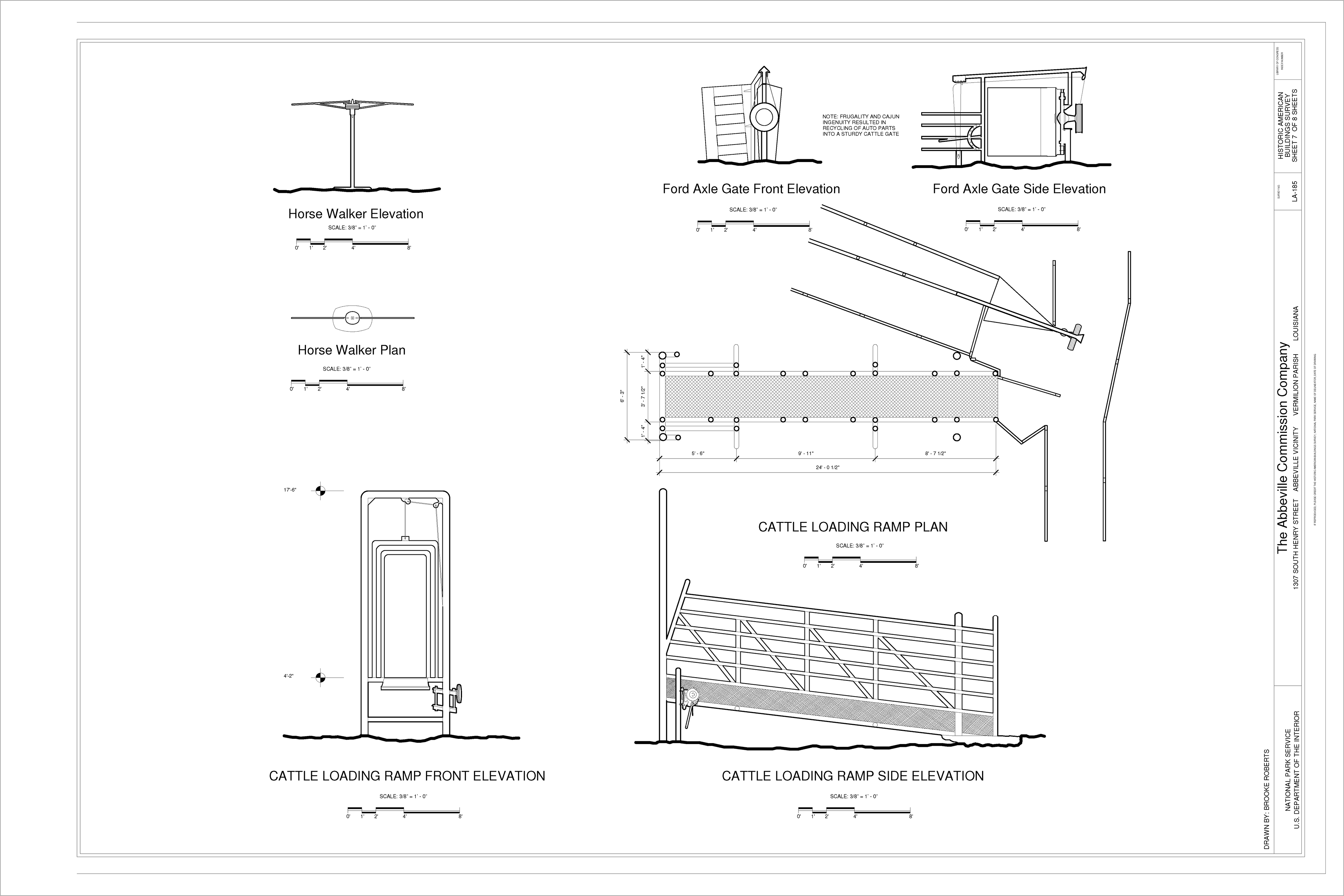
Abbeville Commission Co details
